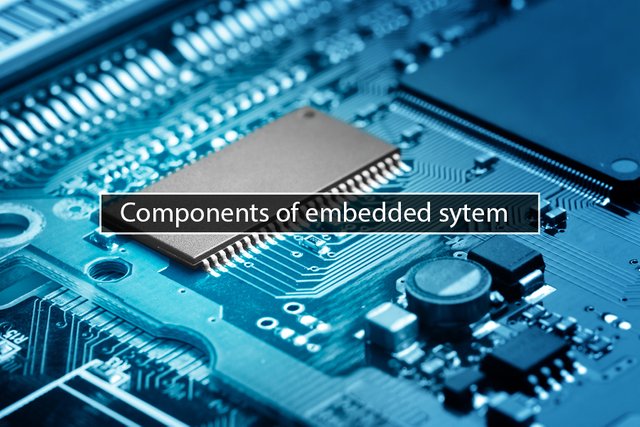An embedded system is a specialized computing system that is designed to perform dedicated functions, often as part of a larger device. Unlike general-purpose computers, embedded systems are typically optimized for specific tasks and are embedded (integrated) within a larger system, such as a machine, appliance, or vehicle.
Key characteristics of embedded systems include:
- Dedicated function: Designed for specific tasks like controlling a microwave, a car’s engine system, or a medical device.
- Real-time operation: Many embedded systems operate in real-time, meaning they must perform their tasks within a certain time constraint.
- Limited resources: These systems often have constrained hardware resources, such as limited processing power, memory, and storage.
- Firmware: Embedded systems typically run firmware, which is software that is closely tied to the hardware and often stored in non-volatile memory like flash.
Examples of embedded systems:
- Automotive control systems (e.g., engine control units, ABS)
- Home appliances (e.g., washing machines, microwave ovens)
- Consumer electronics (e.g., smartphones, gaming consoles)
- Medical devices (e.g., pacemakers, MRI machines)
- Industrial machines (e.g., robotics, process controllers)
Embedded systems are crucial in applications where performance, power efficiency, and reliability are more important than flexibility.
